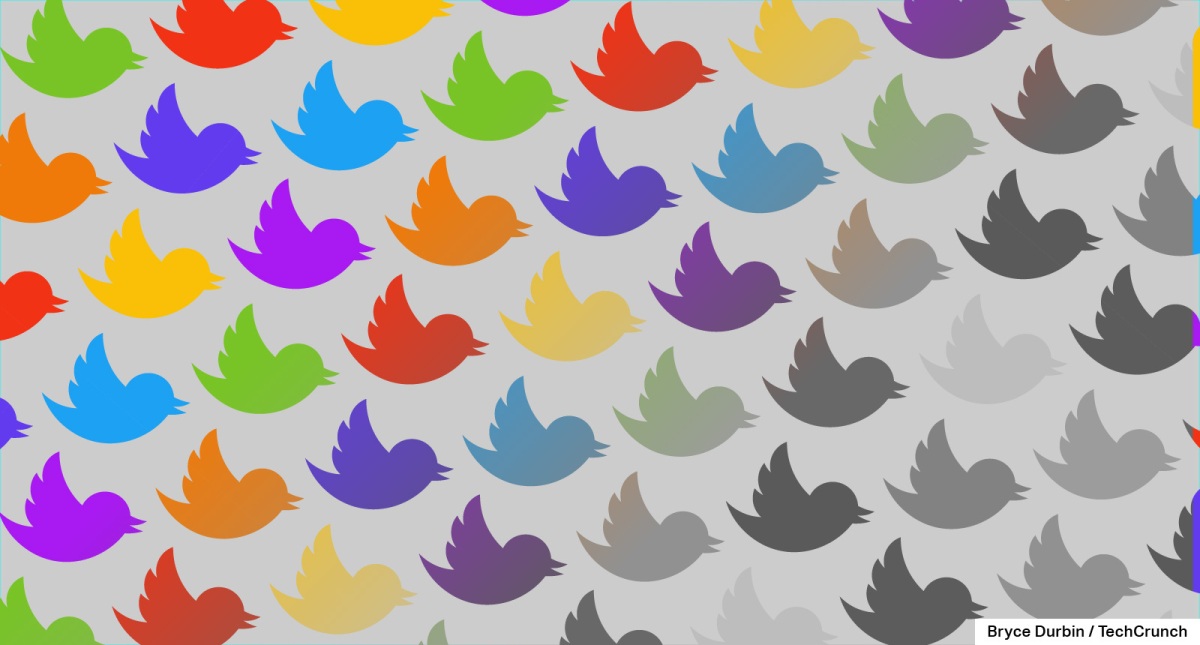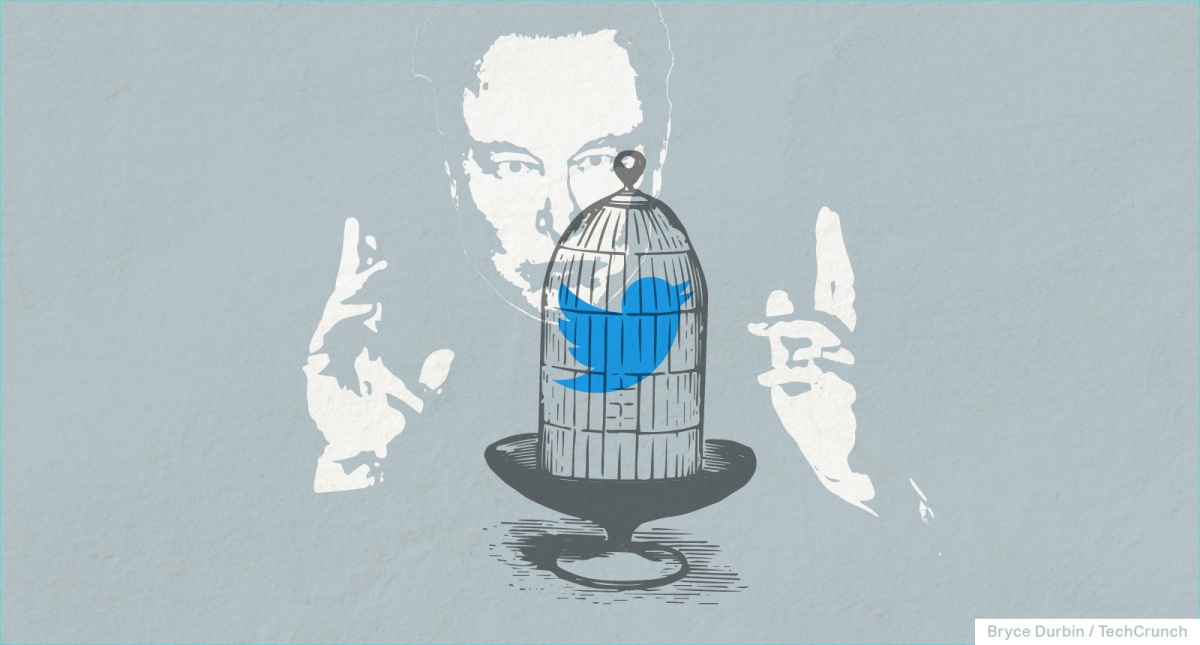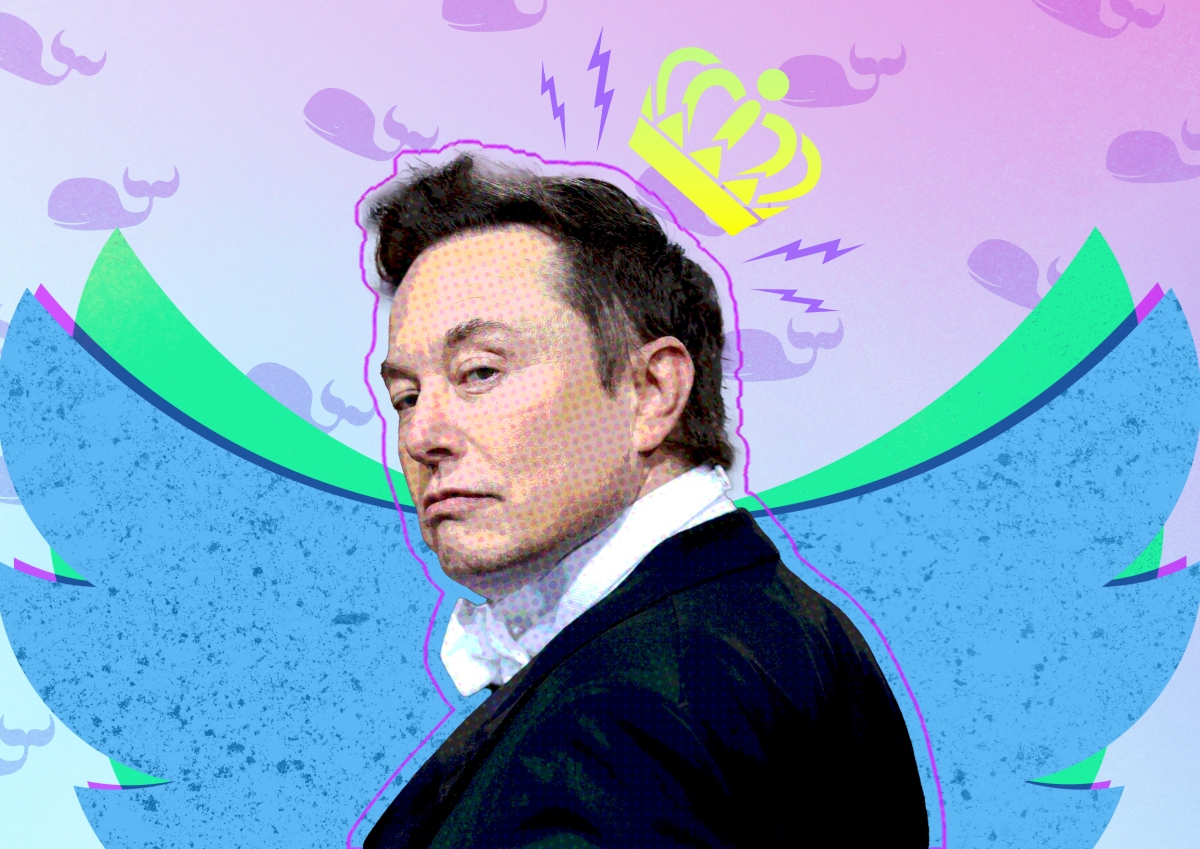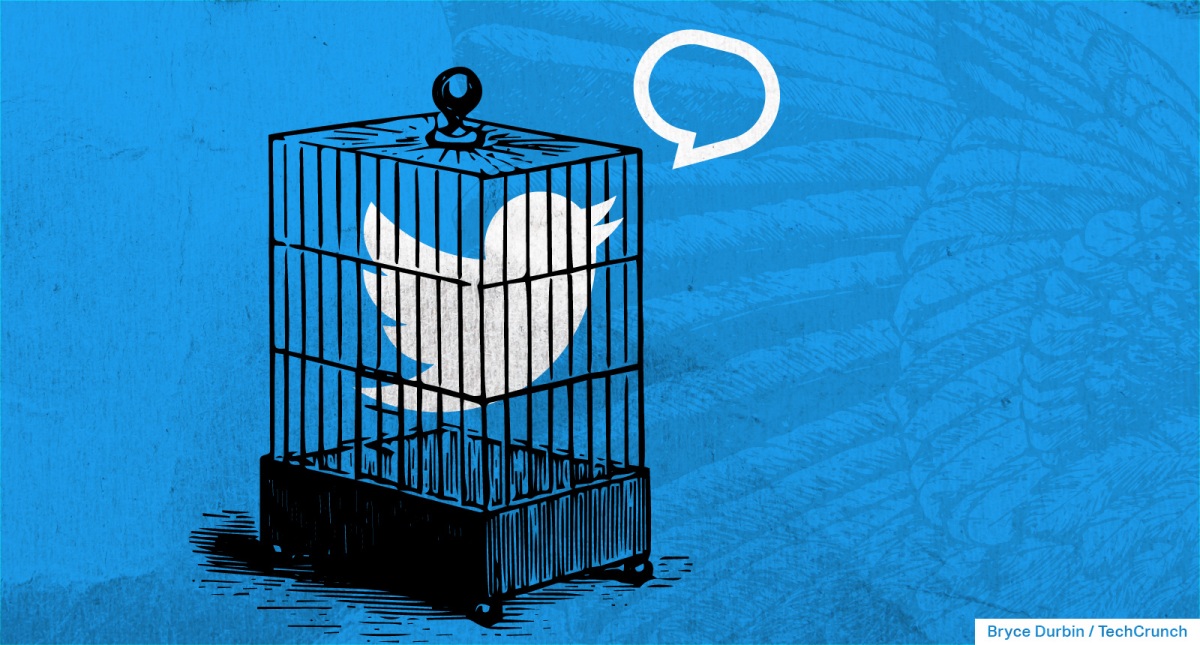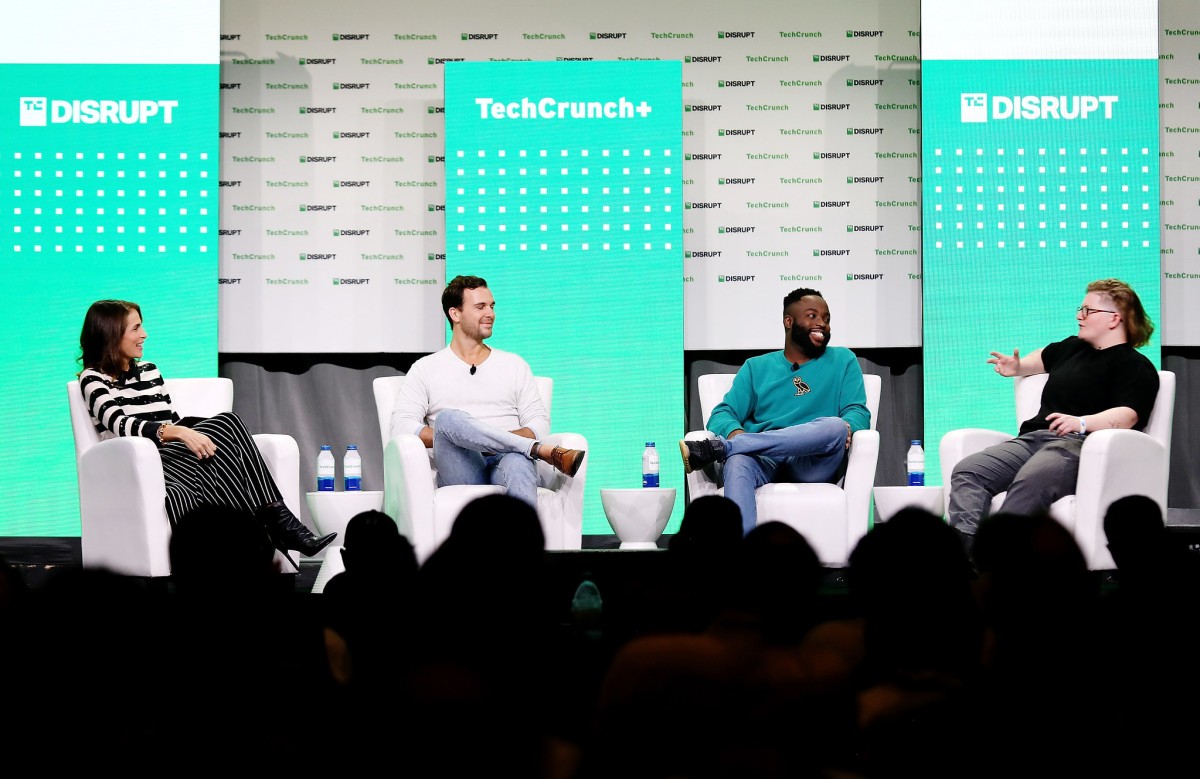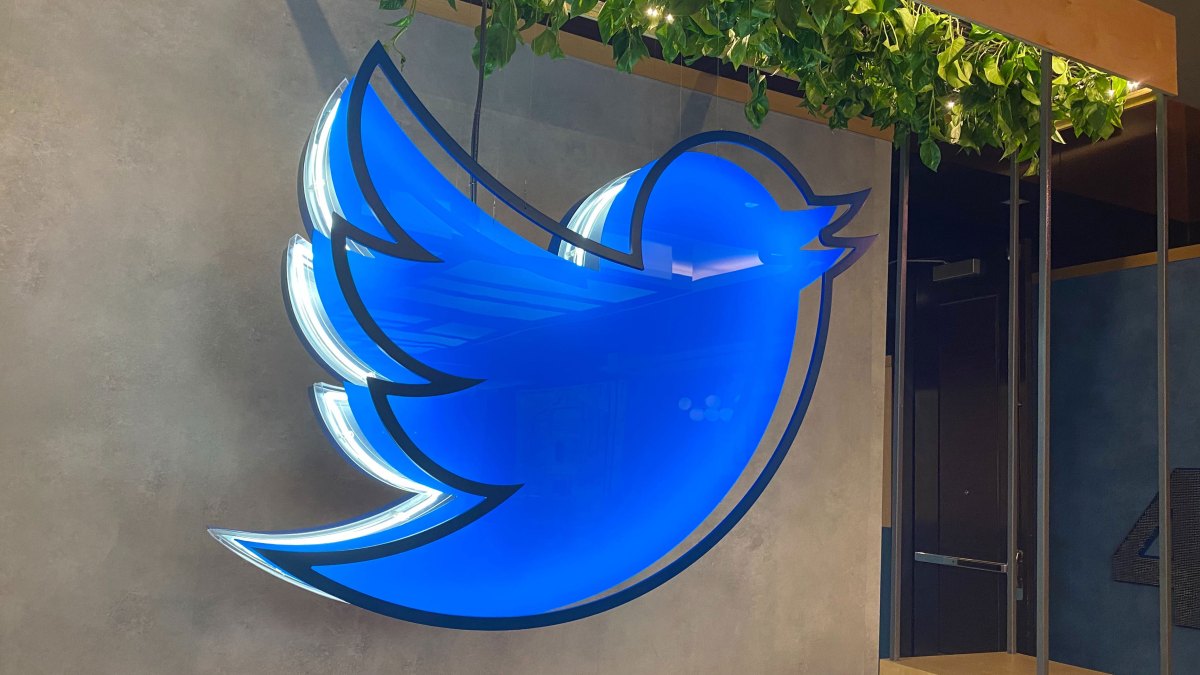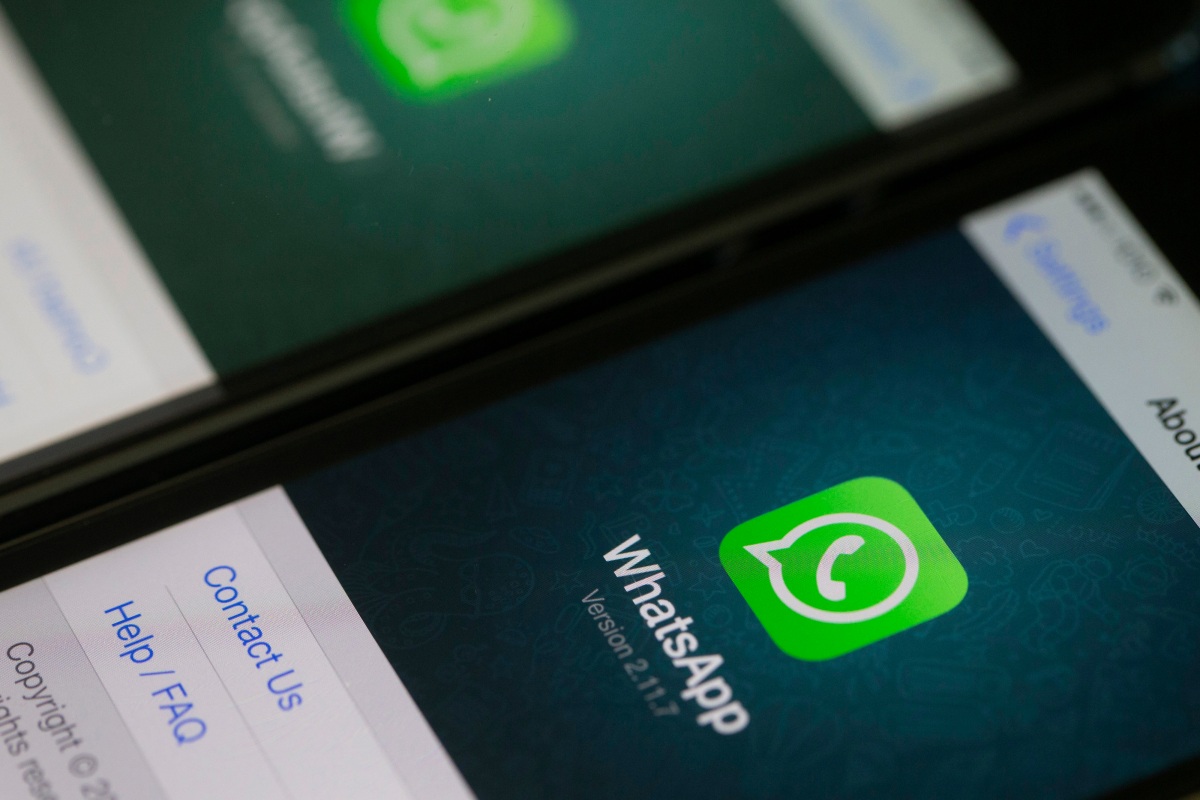Elon Musk’s Twitter already looks grim for the LGBTQ community • ZebethMedia
He’s only owned Twitter for a couple of days, but Elon Musk has already undermined his credibility on some of social media’s most vexing problems, all while displaying a disturbing inclination toward anti-LGBTQ views. The world’s most credulous billionaire couldn’t help but respond to a tweet over the weekend from Hillary Clinton denouncing Republican support for extremist conspiracies that inspire real-world violence. “The Republican Party and its mouthpieces now regularly spread hate and deranged conspiracy theories,” Clinton wrote. “It is shocking, but not surprising, that violence is the result.” Last week, a man broke into the San Francisco home of House Speaker Nancy Pelosi and assaulted her husband with a hammer. The assailant, 42-year-old David DePape, shared antisemitic conspiracy theories, election denialism, screeds against transgender people and violent threats to journalists in the months leading up to the break in. Musk, who now owns the platform, quickly waded in with a conspiracy of his own, pointing Clinton to a website with a track record of publishing outlandish and easily-debunked misinformation. The story Musk shared was headlined “The Awful Truth: Paul Pelosi Was Drunk Again, And In a Dispute With a Male Prostitute Early Friday Morning.” The story’s supporting evidence is that DePape has connections to the nudist community and “Castro Nudists are a group of really radical gay male prostitutes that parade around naked with c–k rings.” The conspiracy hinges on a since-corrected early KTVU report that DePape was in his underwear when arrested. “There is a tiny possibility there might be more to this story than meets the eye,” Musk tweeted alongside the link to the Santa Monica Observer, which once claimed Hillary Clinton had died and been replaced by a body double. By Monday, Musk had deleted the tweet and the Santa Monica Observer topped its story with an update noting police reports that Pelosi did not know DePape. Musk’s ongoing embrace of far-right conspiracies is alarming considering that he now owns the company. Just last week, he sought to reassure advertisers that his version of Twitter wouldn’t become a “free-for-all hellscape,” a promise that quickly rang untrue given Musk’s bizarre impulse to share obvious political misinformation. It’s not just his interest in homophobic conspiracies about Paul Pelosi’s fictional gay lover. Last week, Musk took time out of his day to reply to the daughter of academic and self-help author Jordan Peterson, who was suspended from the platform for deadnaming trans actor Elliott Page and calling Page’s surgeon a “criminal physician” over the summer. Anyone suspended for minor & dubious reasons will be freed from Twitter jail — Elon Musk (@elonmusk) October 28, 2022 In the reply to Peterson’s daughter, Musk said that “anyone suspended for minor & dubious reasons will be freed from Twitter jail,” dismissing the seriousness of Peterson’s inexplicable attacks on Page and inviting more transphobia on the platform in the process. Twitter’s current rules on hateful conduct prohibit “targeted misgendering or deadnaming of transgender individuals,” a policy that was added in 2018 to protect trans people from harassment. It’s hard to imagine that policy sticking around for long under Musk. Peterson’s Twitter account was frozen until he deletes the offending tweet, but that’s not likely to happen — Peterson dramatically said he would “rather die” than take it down. YouTube demonetized some of Peterson’s videos back in August for deadnaming Page and declaring that gender-affirming medical care for trans people is “Auschwitz and Gulag-level wrong,” likening the often life-saving interventions to a “Nazi medical experiment.” Prior to acquiring Twitter, Musk also made it clear that his Twitter would be a safe home for antisemitism. After Instagram restricted Kanye West’s account for invoking antisemitic tropes and accusing Sean “Diddy” Combs of being controlled by “the Jewish people,” Musk warmly welcomed West back to Twitter. West hopped over to the platform, promising a fresh antisemitic rant that would go “death [sic] con 3 On JEWISH PEOPLE,” a tweet that violated Twitter’s rules. In the 12 hours after Elon Musk closed the deal, instances of anti-Black racial slurs on the platform also shot up by 500%, according to an organization that studies social media activity. The flood of racism was notable enough that Twitter’s head of Safety and Integrity weighed in, though Musk’s recent behavior undermined his hopeful message that the team would continue working “to make Twitter safe and welcoming for everyone.” Over the last 48 hours, we’ve seen a small number of accounts post a ton of Tweets that include slurs and other derogatory terms. To give you a sense of scale: More than 50,000 Tweets repeatedly using a particular slur came from just 300 accounts. — Yoel Roth (@yoyoel) October 30, 2022 Musk’s superficial grasp of content moderation’s complexities and his apparent eagerness to enable homophobia, transphobia and antisemitism on Twitter do not bode well for a platform that’s long been a nexus of harassment for many of its users. Potential cuts to Twitter’s workforce, including its trust and safety teams, could set back recent product and policy changes designed to make Twitter a safer place. Based on the tone he’s setting, it looks unlikely that Musk’s Twitter will be very interested in protecting the communities that bear the brunt of targeted abuse on the platform. Musk’s own history of amplifying misinformation and even directing his own harassment campaign at a now-former Twitter policy executive speak volumes about what’s in store. “We are very concerned about Elon Musk’s acquisition of Twitter,” the Human Rights Campaign wrote in a statement Friday. “This isn’t about censorship or discrimination of ideas – it is about what kind of company they want to be and what kind of world they want to shape.”
